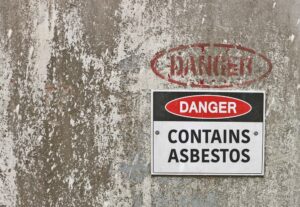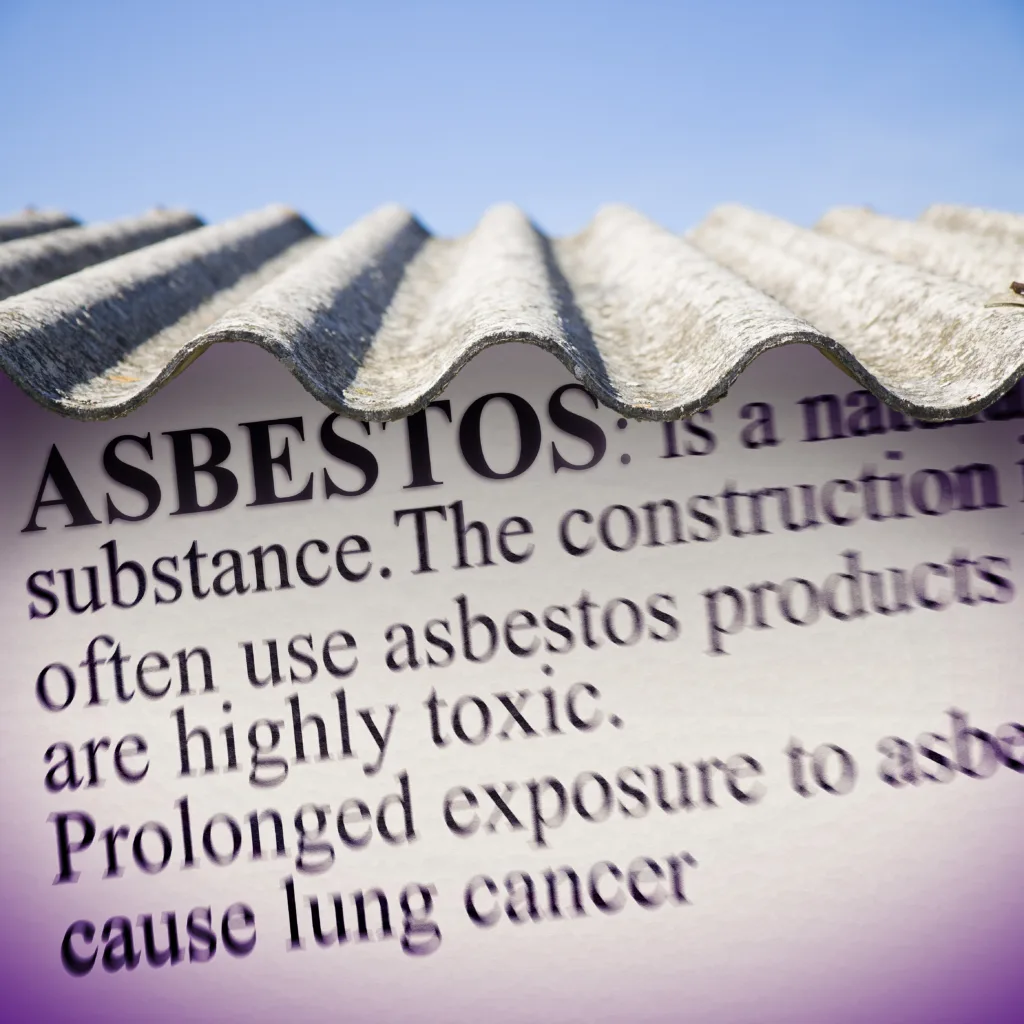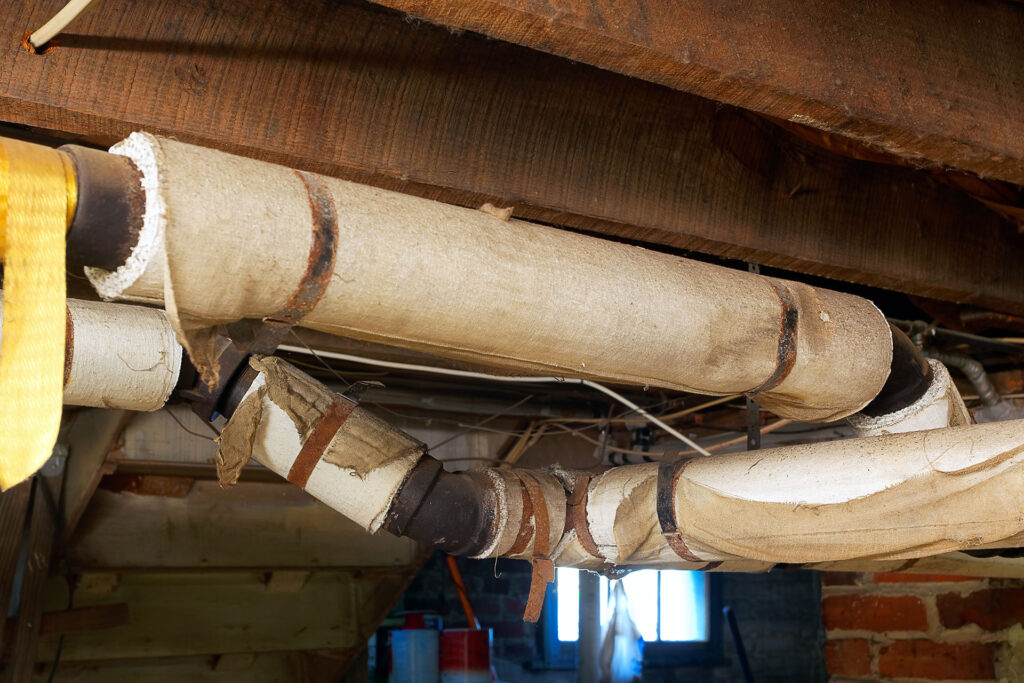Even today, elevator workers are at risk for asbestos exposure. Besides elevator mechanics, elevator construction workers may be exposed to asbestos dust when refurbishing an older building.
Asbestos, a naturally occurring material, was used widely in various building materials from the 1930s to the 1970s. The mineral was popular because of its ability to withstand high temperatures and moisture. As a result, it was used in hundreds of applications.
Asbestos was found to be especially useful in elevator parts because of its heat resistance. Heat in elevators often results from electricity and friction. While asbestos products are no longer manufactured extensively, workers in the past decades and today can still be exposed to the dangerous substance.
Get Help from a Mesothelioma Lawyer or Asbestosis Attorney
For example, inhaling asbestos fibers has been shown to cause diseases such as mesothelioma (cancer of the lining of the abdomen or chest), lung cancer, and asbestosis. These conditions do not respond well to current medical treatments. Therefore, it’s important to speak to a mesothelioma lawyer or asbestosis attorney to pursue the maximum compensation.
Not only can an attorney review your claim and estimate its worth, but they can also locate the liable parties.
Repairing and Replacing Elevator Parts and the Hazards
Elevator mechanics often work with certain components that may expose them to asbestos. Some of these parts include the following:
- Brake shoes, linings, and pads – The brake shoe is the primary part in an elevator, ensuring its safe operation. Brake linings and pads may contain high levels of asbestos, and the grinding action of the brakes may release asbestos fibers into the air.
- Switch/limit switches – Asbestos paper may be used to line the inside of switches encased in a metal housing.
- Control panel parts – Asbestos may be found in electrical wiring insulation, resistor banks, or cement boards.
- Electrical wiring insulation – An asbestos textile may insulate wires in elevators.
- Resistor banks – As mentioned, these components are contained within a control panel and may contain asbestos.
- Cement board – Cement board is used as a fire-retardant to which various elevator parts are attached.
- Elevator entrance doors – Certain elevator makers may have installed asbestos between an elevator’s doors. The asbestos may be disrupted during demolition or installation.
- Hoistways – Some older buildings may have spray-on asbestos fireproofing lining the elevator’s hoistways.
Friable and Non-friable Asbestos

It’s safe to assume that parts with asbestos contain the material if they were installed before the mid 1980s. An asbestos-containing material or ACM may be considered friable or non-friable, depending on its original application and its condition.
Friable means that the asbestos can be easily crumbled into dust and, therefore, can easily release asbestos particles into the air. Non-friable asbestos usually remains intact unless a worker cuts, grinds, drills, or sands a component.
A building owner should take extra precautions if they feel workers can be exposed to an ACM. They can take this measure by filling out an owner’s report if a demolition, repair, or renovation needs to be done.
Installation and Maintenance
When it comes to elevator installation and maintenance, asbestos exposure can be a real concern. Asbestos was highly popular in older buildings, as it proved excellent for soundproofing and fireproofing applications. However, many workers unknowingly released and inhaled the harmful fibers over the years, setting the stage for long-term health risks and problems.
While modern legislation has significantly curtailed asbestos use, the threat remains due to the amount of pre-existing asbestos in older structures. A worker tasked with renovating, demolishing, or repairing an older building can easily become exposed to asbestos.
If you have assumed the role of an elevator maintenance mechanic or installer, you need to be aware of asbestos hazards. Areas like motor rooms and elevator shafts may still be bypassed even with today’s safety precautions, per the OSHA, in place.
Why You Should Speak to an Asbestos Attorney Right Away
Did you work as an elevator mechanic or installer and now have been diagnosed with mesothelioma, asbestosis, or lung cancer? If so, you need to speak with a mesothelioma attorney or asbestosis lawyer about your case. Your lawyer will review your medical history, job history, and the possible liable parties. They can help you receive the maximum compensation you need and deserve.
The goal of your asbestos lawyer is to make sure you receive compensation for past, current, and future medical expenses, lost income, pain and suffering, loss of quality of life, or punitive damages in the cases of egregious misconduct. Only with the help of a lawyer can you receive just and equitable compensation – something which is nearly impossible if you take on the legal task yourself.
Staying Safe on the Job
Besides OSHA guidelines, elevator operators and mechanics can receive comprehensive training from OSHA to ensure safety from asbestos while on the job. Other organizations also share and outline practices for the prevention of asbestos exposure.
For example, the American Society for Testing and Materials (ASTM) goes over practices for visual inspections of asbestos abatement, building asbestos surveys, maintenance, renovation, and repair of asbestos cement products. Elevator installers can benefit from these industry-specific and detailed guidelines.
Learn More About Your Rights By Speaking with an Asbestos Attorney
Elevators may not contain the same harmful parts they once did decades ago. However, if you worked or installed elevators during that period, you may now have been diagnosed with an asbestos-related disease. Again, if this has happened to you, you should speak with an asbestos attorney without delay.
The Results of Exposure

While you can develop one of several serious health problems if you’re exposed to asbestos, most of the exposure from elevator parts leads to mesothelioma.
Mesothelioma is a cancer that mainly affects the lining of the lungs or lining of the abdomen. Most of the asbestos is found in brake pads and lining, electrical insulation, fireproofing materials, and soundproofing insulation.
The reason mesothelioma is strongly related to asbestos exposure is that even low levels of exposure can lead to its development. The latency period for mesothelioma is lengthy – from 20 to 50 years after exposure. Also, asbestos fibers can become easily released into the air within a confined space, such as an elevator shaft, which increases the risk of inhalation.
Mesothelioma is the most distinctive asbestos-related disease. Exposure can also lead to other serious conditions such as asbestosis (scarring of lung tissue) and lung cancer. However, these conditions can be associated with other causes, whereas mesothelioma is almost exclusively linked to asbestos exposure.
Get Legal Help Right Away
Have you worked as an elevator mechanic or installer? Have you manufactured elevator components or parts? If you’ve been diagnosed with mesothelioma or an asbestos-related condition, contact a mesothelioma attorney at Vogelzang Law. Discuss your case so you can learn more about your rights and receive the compensation you need to take care of your medical costs and your family’s well-being.



